Home » Laboratory Bead Mill: How to Operate and Maintain
Laboratory Bead Mill: How to Operate and Maintain
Bead Mill
A lab bead mill is a type of milling equipment used for grinding or blending materials in research, development, and laboratory-scale production. The device uses grinding media to crush and disperse particles in a liquid or semi-solid material.
Details of Bead Mill
- The frame of Bead Mill
- Grinding system of bead mill
- Double mechanical seal of bead mill
- The transmission system of the bead mill
- Grinding cylinder of bead mill
Application: Paint, Adhesive, Battery, Pharmaceutical industry, Cosmetic
The lab bead mill operates by imparting mechanical energy through high-speed agitation and shearing forces to the grinding media, which in turn transfers the energy to the material being milled.

Applications of Lab Bead Mills
Lab bead mills are used in various industries such as pharmaceuticals, chemicals, food, and cosmetics to achieve particle size reduction, homogenization, dispersion, and mixing of materials. The applications of lab bead mills are as follows:
1. Particle Size Reduction: Bead mills are used to reduce the size of particles by grinding and crushing them. When the particles are reduced in size, it leads to improved surface area, better reactivity, and better performance.
2. Homogenization: Bead mills can be used to homogenize samples such as tissue, cells, and bacteria. The high-speed agitation and shearing forces applied to the cells disrupt the cell walls, releasing the cellular contents into the liquid.
3. Dispersion: Lab bead mills can disperse solids into liquids or semi-solid materials such as pastes. The milling process reduces the size of the solid particles, leading to their even distribution in the liquid or paste.
4. Material Mixing: Bead mills can be used to mix and blend different materials such as powders and liquids. The bead milling process achieves uniform mixing by combining the materials under high-speed agitation and shearing forces.
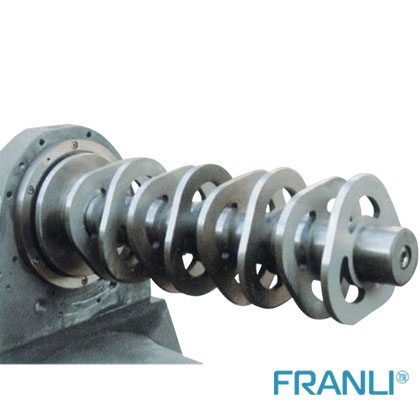
Operation of Lab Bead Mills
The operation of a lab bead mill involves several steps. The steps are as follows:
1. Loading the Beads: The first step involves loading the grinding beads into the milling chamber. The beads are added to the milling chamber based on the required volume and the desired level of grinding efficiency.
2. Filling the Milling Chamber: After loading the beads, the milling chamber is filled with the sample material. The amount of sample material should be such that there is enough space for the beads to move freely in the milling chamber.
3. Milling: The milling process is initiated by turning on the mill motor. The rotation of the motor creates high-speed agitation and shearing forces, which transfer energy to the beads. The beads apply the energy to the sample material, reducing the particle size and achieving the desired outcome.
4. Stopping the Mill: Once the milling process is complete, the mill motor is turned off, and the milling chamber is emptied. The sample material is collected and used for further analysis or processing.
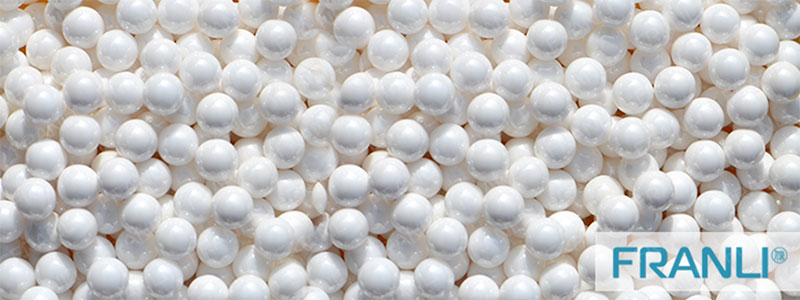
Maintenance of Lab Bead Mills
To ensure optimal performance and longevity of lab bead mills, regular maintenance is required. The maintenance steps are as follows:
1. Lubrication: The moving parts of the lab bead mill should be lubricated regularly to prevent wear and tear. This includes the motor, bearings, and seals.
2. Cleaning: After each milling process, the milling chamber and the grinding beads should be cleaned to prevent contamination. Cleaning involves removing the sample material, washing the mill chamber with a suitable solvent, and rinsing the beads.
3. Calibration: The lab bead mill should be calibrated regularly to ensure accurate measurement of milling parameters such as speed, power, and milling time. Calibration involves comparing the readings of the lab bead mill to a known standard.
4. Replacement of Parts: As the lab bead mill is used, parts such as bearings, seals, and blades may wear out. These parts should be replaced regularly to prevent the lab bead mill from malfunctioning.
Lab bead mills are an essential tool for many industrial processes, including pharmaceuticals, chemicals, food, and cosmetics. The equipment is used to achieve particle size reduction, homogenization, dispersion, and mixing of materials. The lab bead mill operates by imparting mechanical energy through high-speed agitation and shearing forces to the grinding media, which in turn transfers the energy to the material being milled. The lab bead mill should be maintained regularly to ensure optimal performance and longevity. Maintenance involves lubrication, cleaning, calibration, and replacement of parts.
Welcome to send inquiry to us and let’s make a win win business together !
Guidelines For Bead Mill
Bead Mill(sand mill) helps many factories to improve production. Grinding for low viscosity, well-flowing material. Self-cycling cooling system. Don’t need the cooling pump. Franli produces Disc Bead Mill, Pin Bead mill, Turbine Nano Bead mill, etc. Optional material of inner chamber and disc: hardness Alloy, Zirconia, PU.
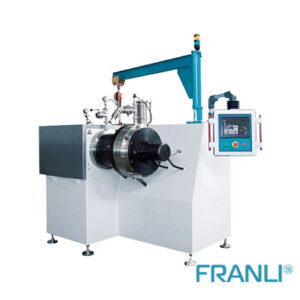
DYNO MILL – A DYNAMIC WAY TO GRIND EASIER
Dyno mill is nothing but an agitator bead mill. It is widely used in the production of paints, coatings, agrochemistry, and pharmaceutical products.
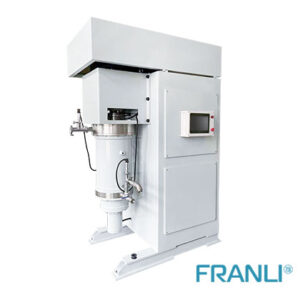
Role of Pearl Mill in the Nano Industry
Pearl Mill can handle both high and low viscosity materials. One is for Nano grinding materials, while the other is for high viscosity materials like offset ink. The operation of the Pearl Mill is straightforward, and all maintenance; may be handled quickly and efficiently. Adding grinding media from the feeding hole is simple.
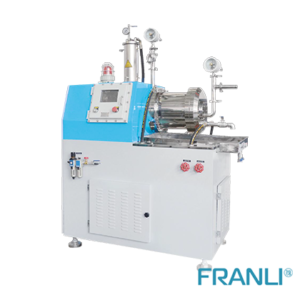
Guide to Bead Mills
The Bead mill is one of the main grindings and dispersing equipment in paint production. Bead mills for coatings are mainly divided into four categories: vertical, horizontal, basket, and special-shaped bead mills.

Dyno Mill|Coating & Inks
Dyno mill is a type of bead mill machine which is used in the coating industry specifically, in the manufacturing of inks products.
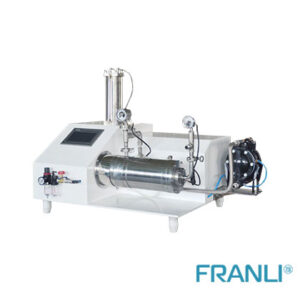
The structure and type of laboratory bead mill
The laboratory bead mill in the chemical experimental equipment, also known as the lab sand mill, is a kind of grinding equipment compared with the bead mill for industrial production.
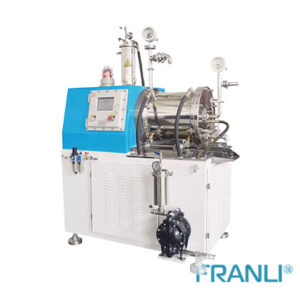
High Viscosity Material Grinding – Bar Pin Bead Mill
The bar pin bead mill is a machine suitable for ultra-fine dispersion and nano-scale grinding of water-based and solvent-based materials. The bar pin bead mill is one of the most widely used production types of equipment. With its very stable performance and sophisticated technology, it has been recognized by a wide range of users. The key thing to know is the characteristics of the bar pin bead mill, which is also the key to people’s favor of it.

